Yamaguchi Travel Guide: 15 Things to Do, Access, Local Food, and More

Yamaguchi has many charming spots, including scenic views, culturally significant historical buildings, and hot springs. Whether it’s an excursion around famous places like Tsunoshima Bridge or a taste of Shimonoseki’s blowfish, read on to learn about exciting activities to enjoy while traveling here!
Yamaguchi: A Hidden Gem in Western Japan
Yamaguchi is a prefecture located on the eastern side of the Chugoku Region. There are several notable sights for travelers to see here, including the Hagi Castle Town for a sense of history, Motonosumi Inari Shrine with its rows of torii gates, and the scenic Tsunoshima Bridge. Yamaguchi is also known as the birthplace of great figures who shaped Japanese history and home to several sites related to those figures.
You can travel to Yamaguchi from Tokyo by Shinkansen (bullet train). It takes 4 hours and 20 minutes by Shinkansen from JR Tokyo Station to JR Shin-Yamaguchi Station, with fares starting around 20,100 yen. From JR Shin-Yamaguchi Station, it takes 25 minutes to JR Yamaguchi Station on the JR Yamaguchi Line, costing 240 yen.
As points of interest are scattered throughout the prefecture, it is convenient to rent a car at Yamaguchi Station. In this article, we'll tell you about the exciting activities you'll want to do while in Yamaguchi Prefecture.
Contents:
1. Pay a Visit to Motonosumi Inari Shrine
2. Drive Along Tsunoshima Bridge's Scenic Route
3. Stroll Through Hagi Castle Town
4. Feel Refreshed at the Beppu Benten Pond
5. Check out the Five-Storied Pagoda at Ruriko-ji Temple
6. Experience Zen Ideology at Joei-ji Temple
7. Tour the DASSAI Sake Brewery
8. Cross the Wooden Arches of Kintaikyo Bridge
9. Soak in Hot Springs
10. Cycle Through the Vast Akiyoshidai Plateau
11. Explore Akiyoshido Cave
12. Eat Exquisite Pufferfish in Shimonoseki
13. Shunan Industrial Night Cruising
14. Try some Iwakuni Sushi
15. Snack on Some Kawara Senbei
1. Pay a Visit to Motonosumi Inari Shrine

Photo by Pixta
When you visit a shrine in Japan, it's customary to place money into the offertory box at the front of the main hall before praying. However, there is a shrine that has a very hard time collecting monetary offerings. The name of this sacred place is Motonosumi Inari Shrine. Unbelievably, its main hall is located at the end of one-hundred and twenty-three torii gates.

Photo by Pixta
Typically an offertory box is located at the front of the main hall. Here, however, it is located at the top of a torii gate. Visitors must throw their coins towards the box placed five-meters off the ground.
Due to the difficulty of getting your coins into the box, it's a popular belief that your wish will come true if you are able to fortuitously throw it inside.

Photo by Pixta
About a ten-minute drive away from Motonosumi Inari Shrine is a spot with a fantastic view called Senjojiki (literally meaning "one thousand tatami mats"). It's a grassland situated 333 meters above ground, much like the Tokyo Tower, and is a place where you can gaze out at blue skies with the beautiful sight of the sea. It's a spot where you'll be able to relax, swayed by the pleasant salty breeze.
2. Drive Along Tsunoshima Bridge's Scenic Route

Photo by Pixta
Tsunoshima Bridge is a route you'll want to take if you're driving in Yamaguchi. The bridge crosses over to Tsunoshima, a remote island, and is surrounded by a beautiful emerald green sea.
We recommend heading to Tsunoshima Bridge from the mainland to take a commemorative photo. You can capture a superb view with your camera, just like the one pictured above.
3. Stroll Through Hagi Castle Town

Photo by Pixta
Supporters of the Meiji Restoration (*1) were born in Hagi City, located on the western side of the prefecture. One of the first supporters was Shoin Yoshida, a samurai and educator.
Horiuchi, an old samurai quarter around the Hagi Castle Ruins, and Hagi Castle Town, were registered as a World Heritage Site in 2015. The area has retained the original streets that the townspeople lived on up to this day. These historical sites were classified as a component of the "Sites of Japan's Meiji Industrial Revolution: Iron and Steel, Shipbuilding and Coal Mining."
Throughout the area, you'll find several cafes made from old renovated Japanese homes where you can enjoy some tea during your stroll.
*1 Meiji Restoration (Meiji Ishin): A series of reformations made from the defeat of the Edo shogunate to the birth of the Meiji government.
4. Feel Refreshed at the Beppu Benten Pond

Photo by Pixta
The Beppu Benten Pond is a famous photo spot located on the grounds of the Beppu Itsukushima Shrine, about 40 minutes by car from Hagi City.
Many visitors are enchanted by this mysterious pond and its vibrant blue hue, its colors slightly deeper towards the center. The pond is fed by springs and drinking the water is said to bless you with longevity and wealth.
5. Check out the Five-Storied Pagoda at Ruriko-ji Temple

Photo by Pixta
A ten-minute drive from JR Yamaguchi Station, Ruriko-ji Temple is a five-storied pagoda built during the 15th century that has a symbolic significance in Yamaguchi. Referred to as one of the "Three Most Famous Pagodas of Japan," it is ranked alongside Kyoto's Daigo-ji Temple and Nara's Horyu-ji Temple.
Similar to the Gassho-style homes in Shirakawa-go, it has a thatched roof (made out of cypress bark) that gives it a dignified appearance.
Hotels near Rurikoji Temple
6. Experience Zen Ideology at Joei-ji Temple

Photo by Pixta
Ink wash painting is a painting style that uses an ink stick and is said to have been introduced to Japan from China around the 8th century. Around the 15th century, a figure named Sesshu was Japan’s most prominent ink wash painter and a Zen priest. The Sesshu Garden in Joei-ji Temple is believed to have been built by this master of ink brush painting.
One of the highlights is the dry landscape garden made using just rocks and sand to express streams and the sea. It is located about ten minutes by car from JR Yamaguchi Station.
7. Tour the DASSAI Sake Brewery
A famous Yamaguchi sake brand, DASSAI was gifted to the 44th President of the United States, Barack Obama, and to Russian President Vladimir Putin in commemoration of their visit to Japan. DASSAI's motto is to produce sake by hand without relying on machines. The DASSAI Store Head Brewery is where you can watch the sake brewing process.
Those interested in the brewery tour should make their reservations through the Brewery Tour Application Form on their official website. During this hour-long tour, you can watch as rice is steamed then fermented while learning about the sake brewing process.
8. Cross the Wooden Arches of Kintaikyo Bridge

Photo by Pixta
The Kintaikyo Bridge is a famous spot for viewing cherry blossoms and autumn leaves. During the 7th century, this structure was built with sturdiness in mind as former bridges had been washed away by floods a number of times here. It has a distinct design that joins five smaller bridges together. Not a single nail was used in its construction.

About ten minutes across the bridge is a ropeway connecting to Iwakuni Castle. The castle’s observation deck is a spot that overlooks the sprawling town below.
Hotels near Kintai Bridge
9. Soak in Hot Springs

Photo by Pixta
The Yuda Hot Springs, just a ten minute drive from JR Yamaguchi Station, is also known by its nickname "Byakko no Yu" as white fox statues decorate the entire town ("byakko" means white fox in Japanese).
The name originated when a temple’s chief priest once found a white fox healing its wounds in Yuda’s hot springs. In this hot spring town, there are Japanese inns and bathing facilities ideal for day trips and footbaths—making it easy for all types of visitors to enjoy a soak.
10. Cycle Through the Vast Akiyoshidai Plateau
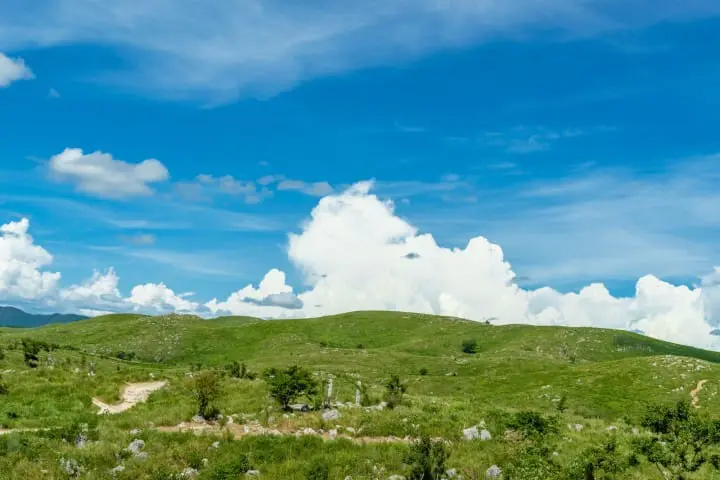
Photo by Pixta
At Akiyoshidai, located 40 minutes by car from JR Yamaguchi Station, lies Japan’s largest karst plateau (*2). This landscape of sprawling green plains and towering white limestones is incredible. You can enjoy walking through three hiking courses here. You can also rent a bicycle at the Akiyoshidai Tourist Exchange Center and ride along the breezy cycling route.
*2 Karst Plateau: A type of topography formed when rainwater and other elements erode limestone-formed land.
11. Explore Akiyoshido Cave

Photo by Pixta
Right next to the Akiyoshidai Plateau is the Akiyoshido Cave, Japan’s largest limestone cave. Rumored to have a depth of 10.7 kilometers, about one kilometer of the length down is open to the public for sightseeing.

Photo by pixta
There are various things to see inside the cave. These include the 100 Plates that look like scores of platters lined up in rows, and the Donai Fuji, which appears like a mountain emerging in view.
The temperature remains 17℃ throughout the year, which allows visitors to sightsee comfortably regardless of the season.
Hotels near Akiyoshido
12. Eat Exquisite Pufferfish in Shimonoseki

Photo by Pixta
Once you’ve had your fill of visiting tourist spots and have worked up a sweat at the hot springs, it’s time to savor the local cuisine.
Shimonoseki, an hour and 20 minutes by car from JR Yamaguchi Station, is a famous area for high-quality pufferfish (fugu). At the Karato Market (Japanese), you can enjoy fresh pufferfish priced relatively inexpensively in the city. Enjoy dishes such as fugu sashimi, hot pot (fugu nabe), or grilled fugu.

Photo by Pixta
There are also dishes like Iwakuni sushi—a square-shaped sushi topped with shrimp and egg—and Kawara soba—buckwheat noodles fried on top of a roof tile—in Yamaguchi. They can be eaten at many Japanese restaurants in the prefecture.
13. Shunan Industrial Night Cruising

Photo by pixta
Located on the eastern side of the prefecture, Shunan is an industrial area that helps sustain local commerce. The entire area transforms into a dazzling night view spot after the sun sets.
Cruise tours are available for travelers to enjoy the industrial night view. For example, the Shunan Industrial Night Scenery Sightseeing Tour (Japanese) travels around the entire Shunan industrial complex area in 90 minutes.
14. Try some Iwakuni Sushi

Photo by pixta
Iwakuni, located on the eastern edge of Yamaguchi Prefecture, is known for its unique style of sushi "Iwakuni Sushi," featuring fresh seafood and vinegared rice wrapped in bamboo leaves. The sushi is a pressed sushi and uses ingredients similar to chirashizushi. It's a must-try for sushi enthusiasts visiting the area.
15. Snack on Some Kawara Senbei
Kawara Senbei are traditional Japanese rice crackers cooked on a hot tile (kawara), resulting in a crispy texture and smoky flavor. They come in various flavors and are a popular snack in Yamaguchi. Try some out while visiting, or take some with you as unique souvenirs!
Enjoy Exploring Yamaguchi
Yamaguchi has plenty of charm, from its amazing scenery, historical spots, and cuisine. We recommend traveling around this prefecture spending several days to take everything in at a leisurely pace. If you don’t have ample time, you should definitely visit after carefully selecting the spots to you'd love to see!
Read also
Main image by Pixta
I love Kimono and Daifuku.







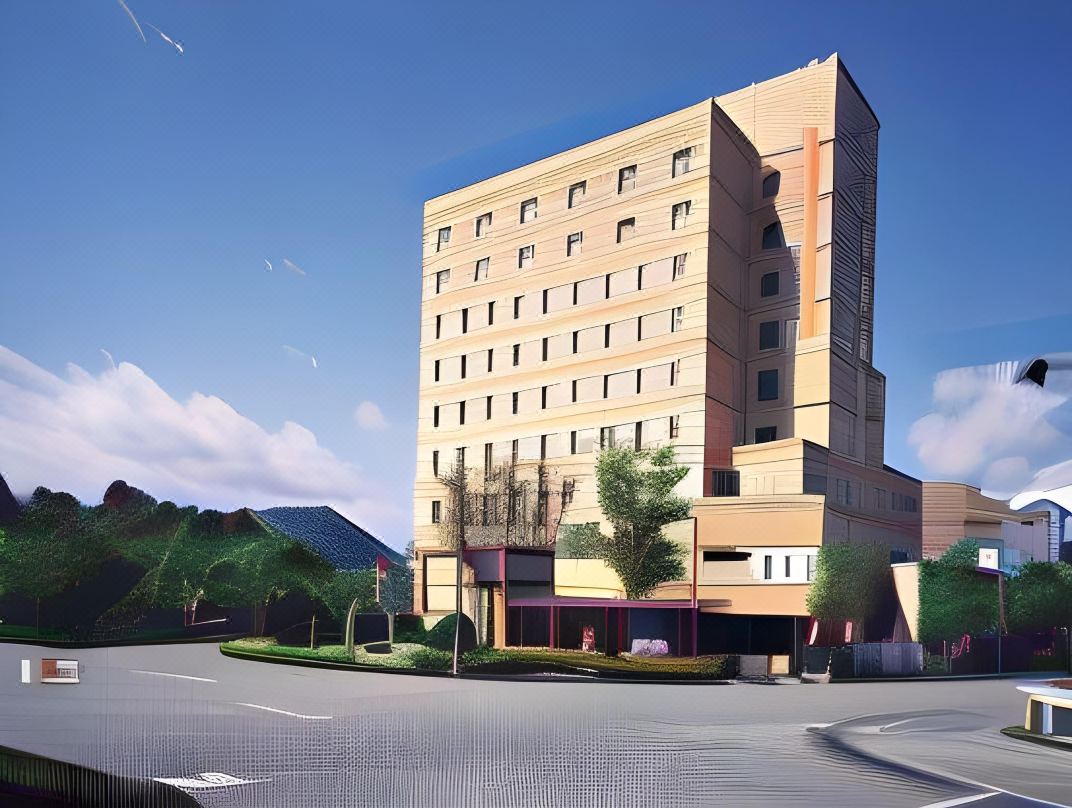





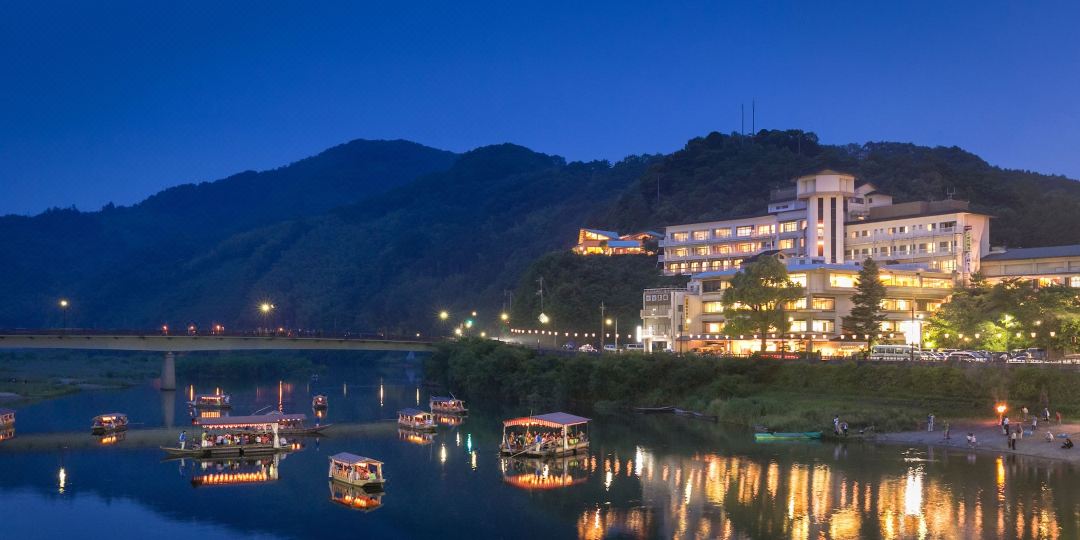



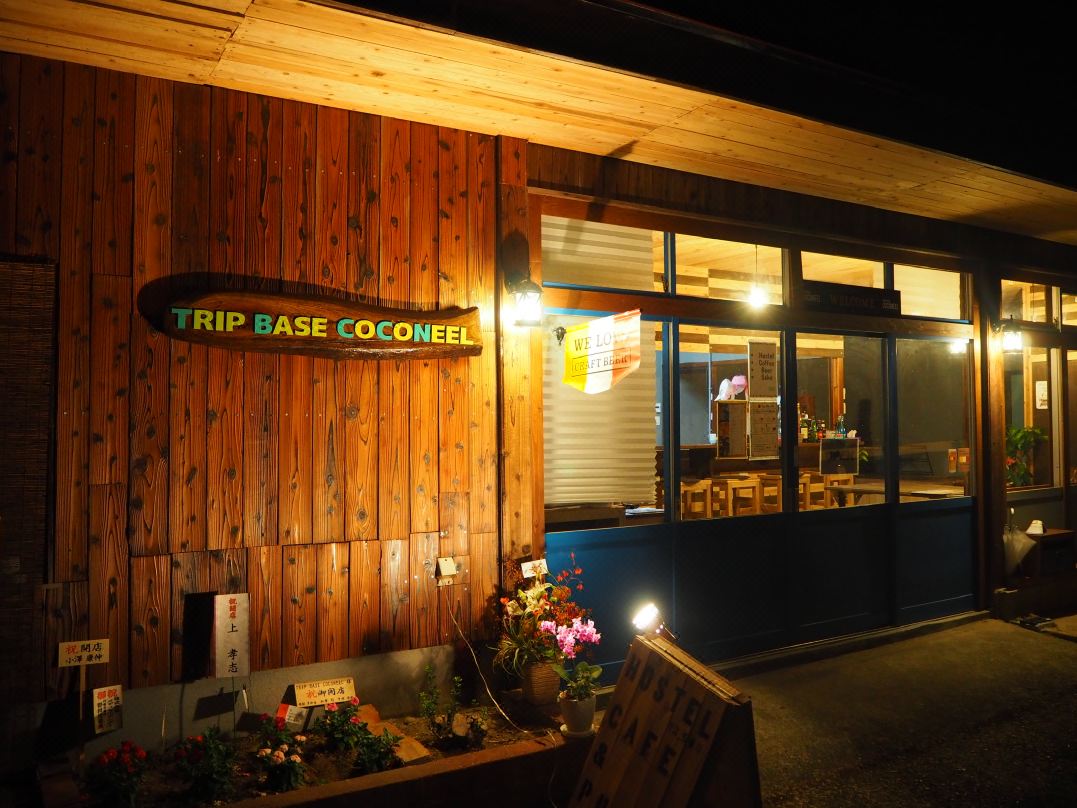



























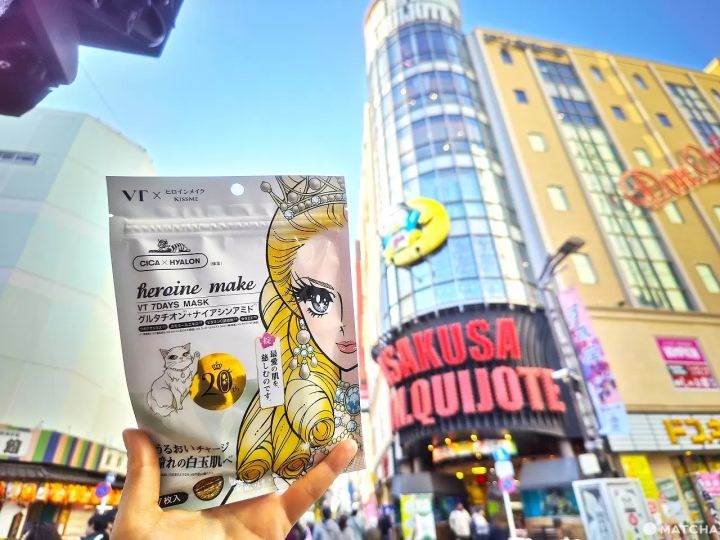

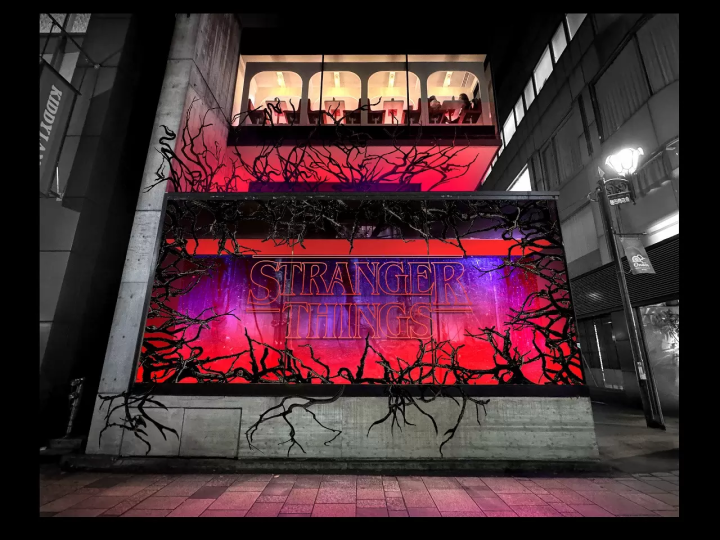
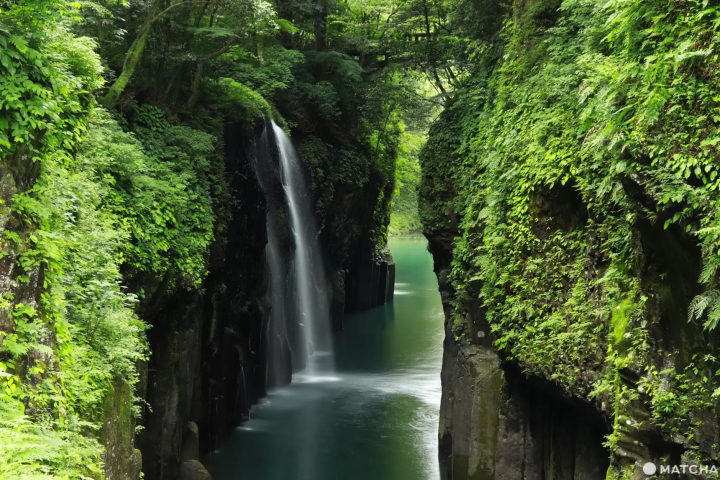




![[Wakayama Guide] Ume and Umeshu (Plum and Plum Wine)](https://resources.matcha-jp.com/resize/720x2000/2025/12/08-252248.webp)
![[2025 Update] From Kansai Airport to Namba - Recommended for travelers with large luggage! Travel comfortably by bus](https://resources.matcha-jp.com/resize/720x2000/2025/10/25-248088.webp)
![[ Naruto City, Tokushima Prefecture ] Experience the world's largest whirlpools up close on a sightseeing boat at the Spring Whirlpool Festival!](https://resources.matcha-jp.com/resize/720x2000/2025/02/05-222727.webp)
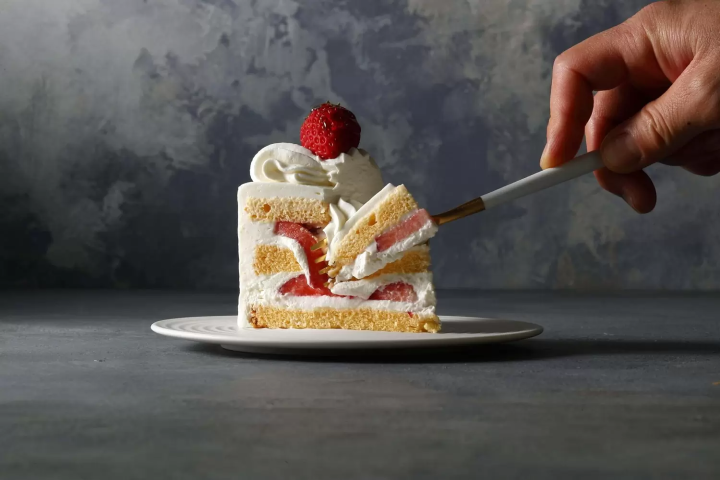
![Deep dive into Japanese brands! A tour of famous leather shoe stores with GENSEI & Nin [Madras Edition]](https://resources.matcha-jp.com/resize/720x2000/2025/12/17-253129.webp)